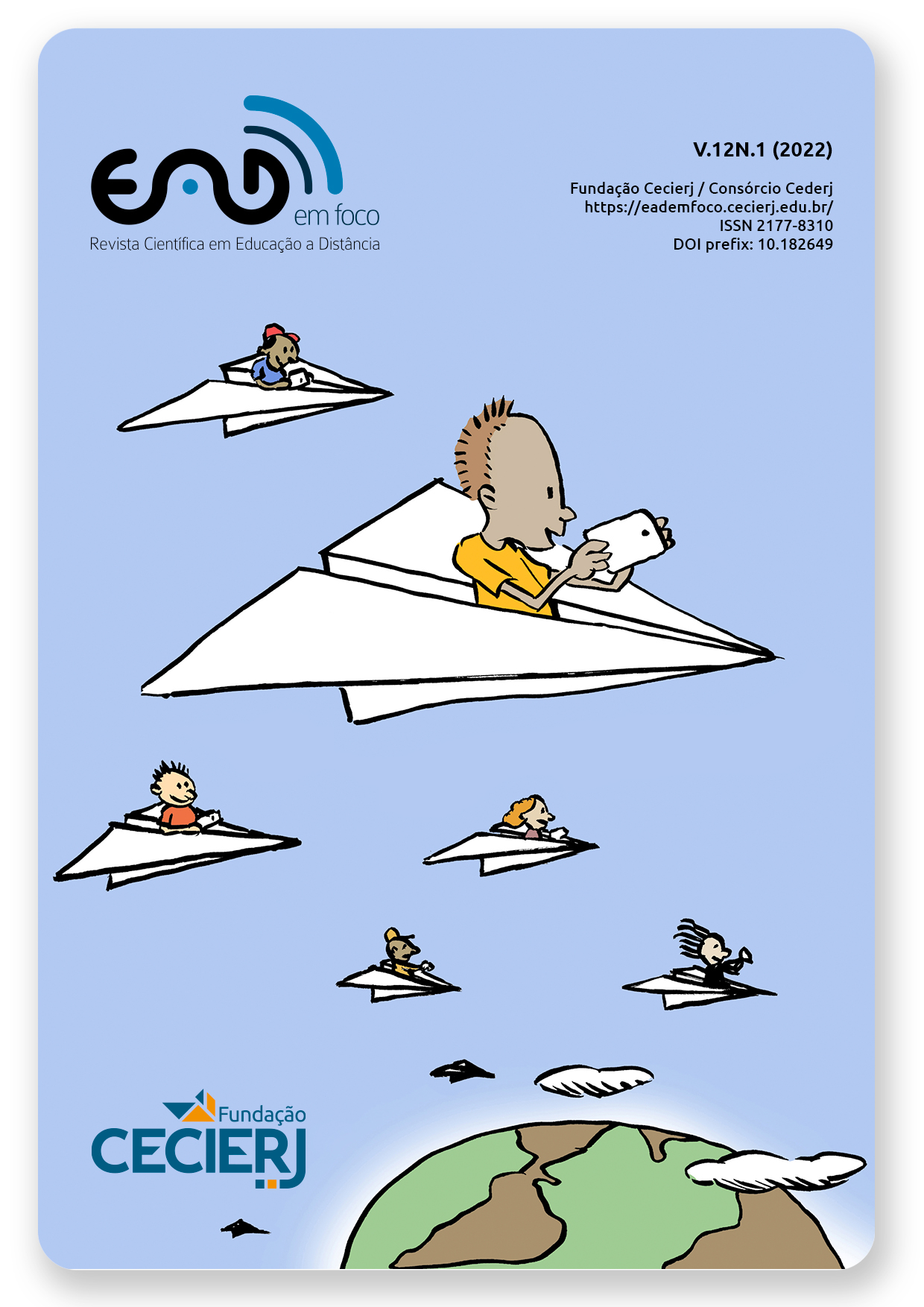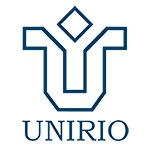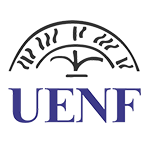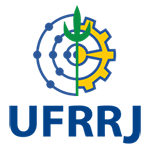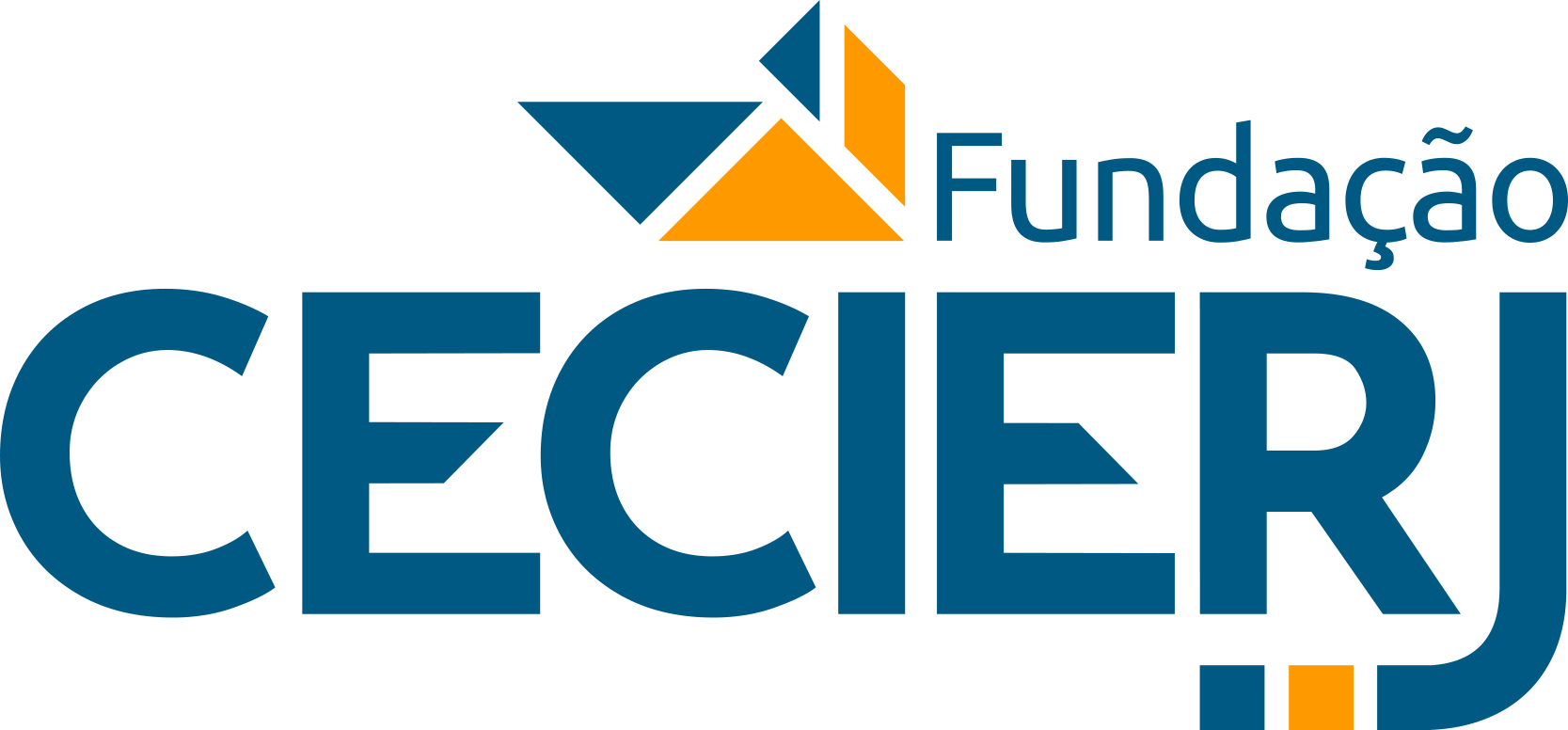Intervening Outcome Factors in Remote Teaching: Does the Device of Access Matter?
DOI:
https://doi.org/10.18264/eadf.v12i1.1634Abstract
This article analyzes educational results of remote education by the type of electronic device used to attend classes and to solve activities, as well how to attend classes (synchronous or asynchronous, normal speed or increased speed). The results of students from three classes of two teacher training courses of a public higher education institution in Minas Gerais were investigated. Based on online questionnaire, a statistical comparison of educational results was performed by the type of electronic device used and the way of attending classes, controlled by the presence or absence of admission by quotas (taken as a socioeconomic level proxy). It was possible to evidence that, for the sample, there was no statistically significant difference between grades of students who attended classes on desktop or laptop computers and those who used smartphones and tablets, but there is a difference in the performance of activities on both types of devices. There was also no difference between the grades of those who attended classes synchronously or asynchronously, or between those who attended classes recorded at normal or increased speed. It wass admitted greater adequacy for the use of devices such as desktop and laptops computers and the synchronous monitoring of classes. There was a trend of better results for this situation in relation to the use of mobile devices, and the attendance of classes asynchronously.
Keywords: Remote teaching. Digital technologies. Evaluation of education. Educational outcomes. Higher education.
Downloads
References
ARRUDA, E. P. Educação Remota Emergencial: elementos para políticas públicas na educação brasileira em tempos de Covid-19. EmRede - Revista de Educação a Distância, v. 7, n. 1, p. 257-275, 15 maio 2020. Disponível em: https://www.aunirede.org.br/revista/index.php/emrede/article/view/621. Acesso em: 23. ago. 2021.
BRASIL. Decreto n° 10.282, de 20 de março de 2020. Regulamenta a Lei nº 13.979, de 6 de fevereiro de 2020, para definir os serviços públicos e as atividades essenciais. Disponível em: http://www.planalto.gov.br/ccivil_03/_ato2019-2022/2020/decreto/D10282.htm. Acesso em: 23 ago. 2021.
CREPALDE, N. J. B. F.; SILVEIRA, L. S. Desempenho universitário no Brasil: estudo sobre desigualdade educacional com dados do ENADE 2014. Revista da Sociedade Brasileira de Sociologia, v. 4, n.7, p. 211-238, jan./jun. 2016. DOI: 10.20336/rbs.155. Disponível em: http://www.sbsociologia.com.br/rbsociologia/index.php/rbs/article/view/186. Acesso em: 23 ago. 2021.
DUTRA, J. L. C.; CARVALHO, N. C. C.; SARAIVA, T. A. R. Os efeitos da pandemia de Covid-19 na saúde mental das crianças. Pedagogia em Ação, Belo Horizonte, v.13, n. 1 (1 sem. 2020), p. 293-301. Disponível em: http://periodicos.pucminas.br/index.php/pedagogiacao/article/view/23772. Acesso em: 23 ago. 2021.
GARRIDO, F. A. Z. Docência universitária durante a pandemia da COVID-19: um olhar do Chile. Revista Docência do Ensino Superior, Belo Horizonte, v. 10, 2020. DOI: 10.35699/2237-5864.2020.24777. Disponível em: https://periodicos.ufmg.br/index.php/rdes/article/view/24777. Acesso em: 23 ago. 2021.
HODGES, C.; MOORE, S.; LOCKEE, B.; TRUST, T.; BOND, A.. The difference between emergency remote teaching and online learning. EDUCAUSE Review. 27 mar. 2020. Disponível em: https://er.educause.edu/articles/2020/3/the-difference-between-emergency-remoteteaching-and-online-learning, 2020. Acesso em: 23 ago. 2021.
IBGE (Instituto Brasileiro de Geografia e Estatística). Acesso í Internet e í televisão e posse de telefone móvel celular para uso pessoal 2019. Diretoria de Pesquisas, Coordenação de Trabalho e Rendimento, Pesquisa Nacional por Amostra de Domicílios Contínua 2018/2019. IBGE: 2021. Disponível em: https://biblioteca.ibge.gov.br/visualizacao/livros/liv101794_informativo.pdf. Acesso em: 23 ago. 2021.
MEDEIROS, L. F. de; VERAS, R. M.; BARBOSA, V. S. de A. "Ouvindo lives enquanto passo a roupa": relato de experiência de professoras universitárias durante a pandemia de COVID-19. SCIAS – Educação, Comunicação e Tecnologia, Belo Horizonte, v. 2, n. 2, p. 90-104, jul./dez. 2020. DOI: 10.36704/sciaseducomtec.v2i2.5012. Disponível em: https://revista.uemg.br/index.php/sciasedcomtec/article/view/5012. Acesso em: 23 ago. 2021.
PANORAMA Mobile Time. Crianças e smartphones no Brasil – outubro 2020. Belo Horizonte: Opinion Box, 2020. Disponível em: https://www.mobiletime.com.br/pesquisas/criancas-e-smartphones-no-brasil-outubro-de-2020/. Acesso em: 23 ago. 2021.
SOUSA, M. E. A. de. Utilização das tecnologias para defender os direitos das mulheres em tempos de pandemia. SCIAS – Educação, Comunicação e Tecnologia, Belo Horizonte, v. 2, n. 2, p. 105-119, jul./dez. 2020. DOI: 10.36704/sciaseducomtec.v2i2.5038. Disponível em: https://revista.uemg.br/index.php/sciasedcomtec/article/view/5038. Acesso em: 23 ago. 2021.
TOMíS, M. C.; SILVEIRA, L. S.; D"™ALBUQUERQUE, R. W. Fatores associados í percepção de dificuldade da prova do ENADE: uma análise a partir das características dos alunos e das instituições de ensino superior. Educação em Revista, Belo Horizonte, v. 36, n. e223426, 2020. DOI: 10.1590/0102-4698223426. Disponível em: https://www.scielo.br/j/edur/a/Kh6d4yZDJTmMLYSv7tZkDSr. Acesso em: 23 ago. 2021.
TIZOTTE, T. R. L.; THESING, N. J.; GOMES, F. B. M. Análise bibliométrica dos artigos da base de dados da scopus sobre a produção científica brasileira da COVID-19. Brazilian Journal of Development, São José dos Pinhais, v. 7, n. 7, p.73457-73474 jul. 2021. DOI: 10.34117/bjdv7n7-496. Disponível em: https://www.brazilianjournals.com/index.php/BRJD/article/view/33337. Acesso em: 23 ago. 2021.
UNESCO (Organização das Nações Unidas para a Educação, a Ciência e a Cultura). Educação: da interrupção í recuperação. [site institucional]. Disponível em: https://pt.unesco.org/covid19/educationresponse. Acesso em: 17 nov. 2020.
VASCONCELOS, I. G.; NASCIMENTO, D. A. do. Mapeamento da produção científica sobre COVID-19. Interamerican Journal of Medicine and Health, v. 3, n; e202003044, 2020. DOI: 10.31005/iajmh.v3i0.134. Disponível em: https://www.iajmh.com/iajmh/article/view/134/160. Acesso em: 23 ago. 2021.
VOSGERAU, D.; BRITO, G. da S.; CAMAS, N. PNE 2014-2024: tecnologias educacionais e formação de professores. Formação Docente – Revista Brasileira de Pesquisa sobre Formação de Professores, v. 8, n. 14, p. 103-118, 30 jun. 2016. DOI: 10.31639/rbpfp.v8i14.135. Disponível em: https://revformacaodocente.com.br/index.php/rbpfp/article/view/135. Acesso em: 23 ago. 2021.
Published
How to Cite
Issue
Section
License
Copyright (c) 2022 EaD em Foco

This work is licensed under a Creative Commons Attribution 4.0 International License.
All articles published in Revista EaD em Foco receive the license
Creative Commons - Atribuição 4.0 Internacional (CC BY 4.0).
All subsequent publications, complete or partial, must be made with the acknowledgment, in citations, of the Revista EaD em Foco as the original editor of the article.

